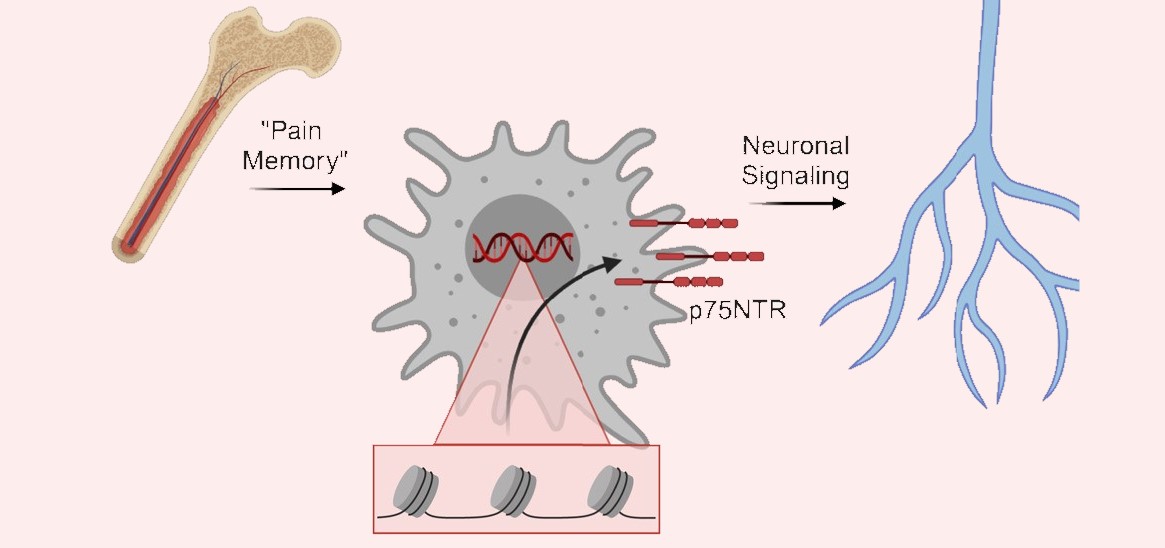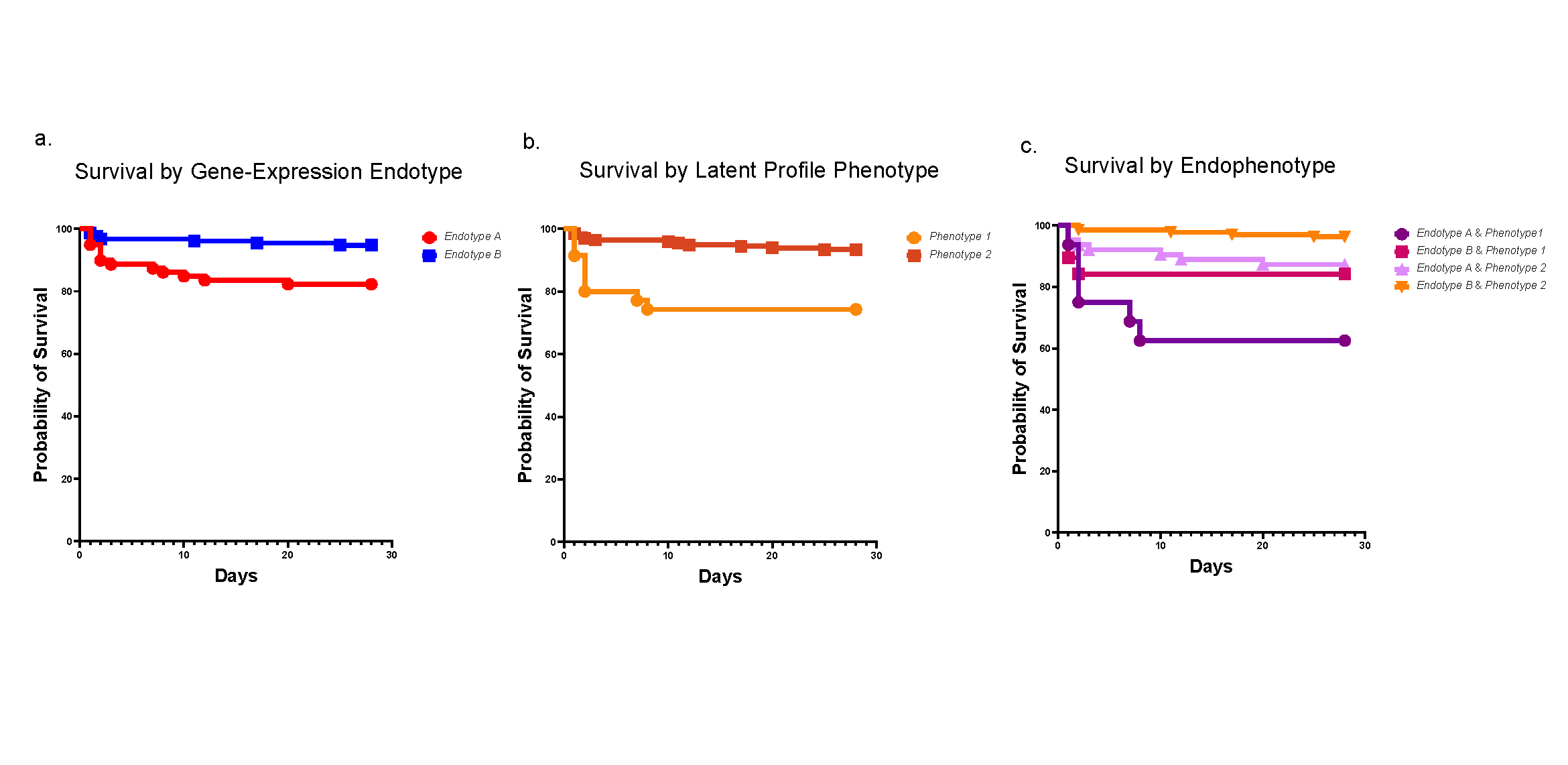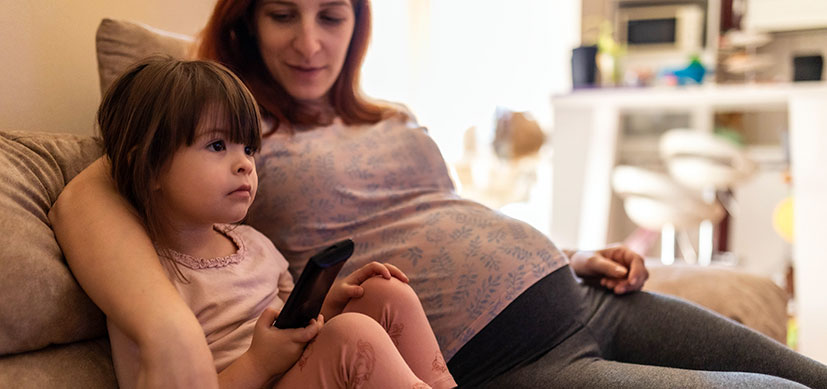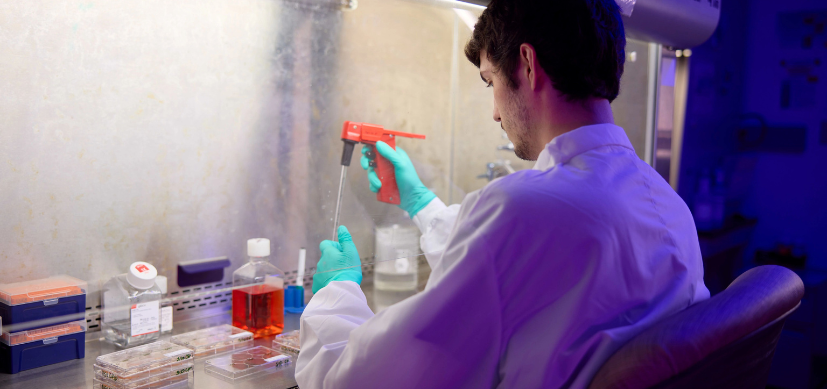‘Medical Mystery’: Cincinnati Children’s Diagnoses Child With Tango2
Post Date: March 24, 2022 | Publish Date:

Genetic disorder so rare that fewer than 100 cases reported worldwide
Cincinnati Children’s patient Aislynn Wiley was recently diagnosed with TANGO2-related metabolic encephalopathies and arrythmias, a disorder so rare that fewer than 100 cases have been reported worldwide. It was the first time that physicians at the medical center diagnosed such a case.
Aislynn, who was 14 months old when diagnosed in January and admitted to an intensive care unit, returned to her home in Greater Cincinnati in March.
The disorder, which results from a variation in the TANGO2 gene, can cause seizures that result in brain damage as well as life-threatening irregular heartrates. The disease has proved fatal by age 9 in about half the children diagnosed.
Numerous physicians at Cincinnati Children’s have been consulted on Aislynn’s case, including cardiologists, neurologists, endocrinologists, and geneticists.
Aislynn’s mother, Ashley Wiley, hopes to raise awareness about Tango2.
“Now that I have found out that my daughter has it and there are other kids that have it as well, I want to do everything I can,” Wiley says. “Any research that doctors are proposing, they have to be funded somehow.”
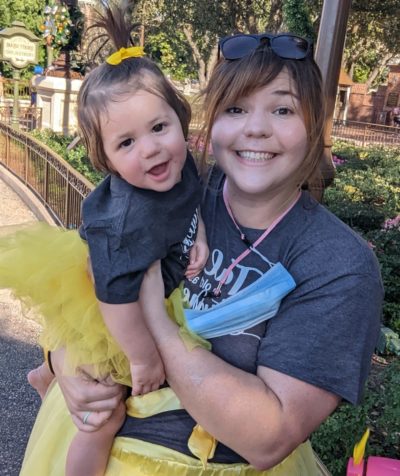
“I want people to be aware of Tango2, but also these other mitochondrial and metabolic disorders,” Wiley says. “We had no idea Aislynn had this disease. And it’s genetic; she’s had it from birth.”
“I just want people to be aware that maybe if your kid isn’t meeting milestones, that nothing gets brushed under the rug. Our daughter wasn’t walking yet. That was the only thing I can think of that she hadn’t met milestone-wise.”
A Search for Answers
“Up until the point when she was 14 months old, we had no real problems. She was growing like a normal baby,” Wiley says. “(One day in January) my husband found her unresponsive in her crib. He called me and said, ‘Aislynn won’t wake up from her nap.’ He immediately rushed her to the emergency room (at Cincinnati Children’s.)”
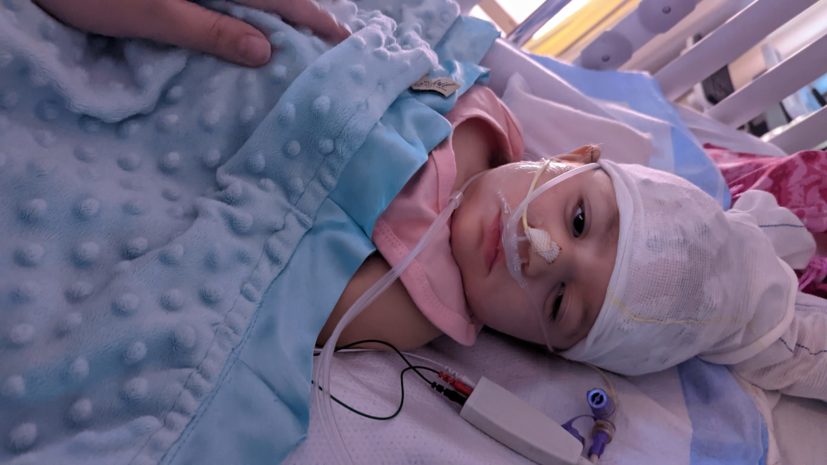
With both parents being carriers, each child has a 25% chance of contracting Tango2. Aislynn’s older sister was tested but doesn’t have Tango2.
Symptoms of Tango2 include profound low blood sugars and altered mental status, which was how Aislynn presented when brought to Cincinnati Children’s, says Amelle Shillington, DO, an attending physician in the Division of Human Genetics.
“It’s difficult to single in on a specific diagnosis when patients present this way, since there are many other metabolic disorders that present in a similar way,” Shillington says.
While Aislynn had low blood sugars, some of her other lab results weren’t consistent with classical disorders of inborn errors of metabolism – “so it was a medical mystery,” Shillington says.
The Value of Whole Exome Sequencing
By broadening the types of tests run, physicians at Cincinnati Children’s were able to diagnose the rare disease.
“For kids in the ICU who are very sick and need a very fast answer, we do cutting-edge testing such as whole exome sequencing,” Shillington says. “It sequences all the genes in the body – all of them. Our partner commercial labs can provide a verbal result within seven days. So this is the broadest and the fastest testing we can do for sick kids who are presenting with a serious medical mystery.”
A rare disease in the United States is defined as one that affects fewer than 200,000 people.
Tango2 is the “rarest of the rare,” Shillington says. “I sought expertise on this diagnosis from the most senior geneticist in our department and the most senior neurologist in their department, who are experts in metabolic conditions, and neither of them has ever seen this before at Cincinnati Children’s. This is the first.
“The team we have includes physicians and genetic counselors, and it does take a whole team to move this fast with rapid exome sequencing. I was the lead doctor on this case, but we discuss patients collaboratively every week – so there are lots of geneticists on the team who know the case and helped collaborate on a plan.”
There is no cure for Tango2. Treatment includes maintaining adequate blood glucose levels and preventing metabolic decompensations.
“Kids can decompensate if their glucose levels fall,” Shillington says. “It’s treated by making sure kids are maintaining a good diet and not fasting for long periods. So, basically, more frequent feeding and recognizing decompensation sooner prevents more serious complications.
“Sometimes kids will decompensate when they are sick or have a virus. We keep a careful eye on them and see these patients in the emergency room if there’s any sign of decompensation so that we can treat them with IV fluids and glucose. When their glucose drops through the floor, that’s when they get super sick and can get brain damage and cardiac arrhythmia.”
While there isn’t a medicine that can fix the gene responsible for the disease, that’s what research might lead to.
“For right now, we have to follow a game plan, recognize symptoms early, and get IV fluids and IV glucose on board if there are any problems,” Shillington says.
After Aislynn’s diagnosis, the team at Cincinnati Children’s consulted with counterparts at Texas Children’s Hospital, which first described the Tango2 condition. However, all diagnostic interpretation and disease-specific care for Aislynn is being provided by Cincinnati Children’s.
Wiley says the team at Cincinnati Children’s has been amazing.
“I really appreciate that they take my opinion into their perspective,” Wiley says. “If they want to change a medication, they make me feel like I’m included – I’m a part of her care team. As a mom with anxiety … I need to feel like I’m a part. I still want to feel like her mom. I’m not just watching someone take care of my baby. They just make me feel so included. And they’re so smart. There are just so many people that are on Aislynn’s case.”
What’s Next?
Right now, Aislynn is doing OK. Aislynn is off the ventilator and her seizures appear to be under control. She undergoes speech, occupational, and physical therapy.
“She’s doing better every day. She’s had a couple minor setbacks, but with each day she does make small improvements,” Wiley says. “I’m 100% confident they are doing everything they can to just give her a good life.”
Wiley understands her daughter will not have the same life they expected at birth.
“The brain damage she has is extensive, but they are hoping she can relearn everything that she’s lost,” Wiley says. “It is like having a 22-pound newborn. You are kind of starting over.”
— Article by Barrett Brunsman
MORE COVERAGE
Cincinnati Enquirer: From alarm to shock to hope and a new normal: Family battles toddler’s rare disease
HCP Live: The Rare Disease Report Podcast: TANGO2
WKRC Local 12: Local mom on a mission to share the warning signs of her baby’s rare disease



